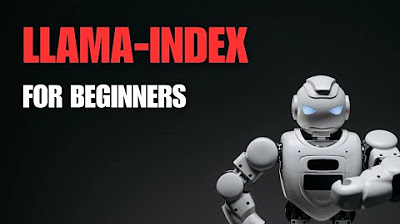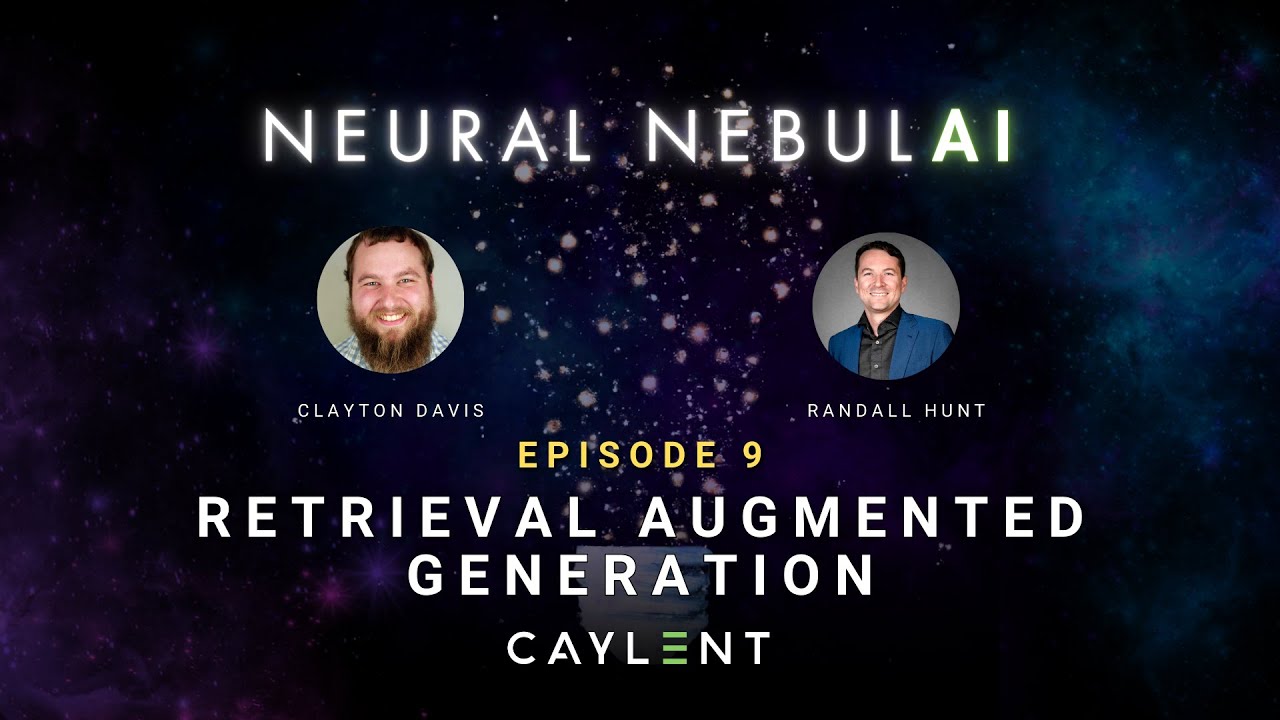Agentic RAG: Make Chatting with Docs Smarter
Summary
TLDRThis video explores Retrieval-Augmented Generation (RAG) and introduces an innovative agentic approach to enhance its effectiveness. It discusses the limitations of traditional RAG, such as issues arising from poorly formulated queries, leading to inaccurate responses. By integrating agents that refine queries and analyze retrieved documents, the agentic RAG framework significantly improves response accuracy and detail. The video outlines implementation steps, compares traditional and agentic RAG outputs, and invites viewers to learn more about advanced techniques in future content, showcasing the potential for greater efficiency in information retrieval.
Takeaways
- 😀 RAG (Retrieval Augmented Generation) relies on well-formulated queries to retrieve accurate information from a knowledge base.
- 🤖 Traditional RAG may hallucinate or fail to retrieve answers if user queries are poorly structured.
- 🔄 Agentic RAG introduces agents that can reformulate initial queries and analyze the retrieved documents to improve response accuracy.
- 📄 The retrieval process involves using semantic similarity searches to find the most relevant information chunks in the knowledge base.
- 🔍 Agents in RAG can iteratively refine queries based on the context of the retrieved documents before passing them to the language model.
- 💻 Implementing agentic RAG requires setting up various tools and frameworks, including LangChain and Transformers.
- 🗂️ Data preparation involves splitting documents into manageable chunks and removing duplicates to ensure unique information retrieval.
- 📈 Using tools like OpenAI's GPT in the agentic workflow enhances the quality of generated responses through iterative querying.
- ✍️ The system prompt for the agent guides it to provide concise and relevant answers while allowing multiple retrieval attempts.
- 📊 Agentic RAG produces more detailed and contextually rich responses compared to standard RAG, showcasing its effectiveness.
Q & A
What is the primary challenge addressed by agentic RAG?
-The primary challenge is the dependence on well-formulated user queries for effective information retrieval. Poorly structured queries can lead to hallucinated responses or failure to retrieve relevant information.
How does agentic RAG improve traditional RAG pipelines?
-Agentic RAG improves traditional RAG by introducing agents that can reformulate user queries, analyze retrieved documents, and ensure the retrieval process is more dynamic and accurate.
What role do agents play in the agentic RAG framework?
-Agents analyze the initial user query, reformulate it for better retrieval, assess the relevance of retrieved documents, and iterate the process if necessary to ensure comprehensive responses.
What packages are required to set up agentic RAG?
-The setup requires packages such as Pandas, LangChain, Sentence Transformers, and the Transformers library for building the agent framework.
What is the purpose of the vector store in the agentic RAG process?
-The vector store is used to store document embeddings, allowing for efficient similarity searches to retrieve the most relevant documents based on user queries.
How does the system prompt guide the agent in its operation?
-The system prompt provides instructions on how to respond to user queries, emphasizing the need for concise and relevant answers while allowing the agent to reformulate queries and call the retrieval tool as needed.
What is the expected output difference between standard RAG and agentic RAG?
-Agentic RAG typically produces more detailed and contextually relevant responses compared to standard RAG, which may generate shorter and less informative answers.
Can agentic RAG utilize various language models (LLMs)?
-Yes, agentic RAG can work with different LLMs, such as those provided by Hugging Face or OpenAI, enabling flexibility in the choice of model based on the application needs.
What is the significance of the recursive character text splitter in the data preparation process?
-The recursive character text splitter is crucial for breaking documents into manageable chunks, which allows for effective embedding and retrieval while managing token limits and overlaps.
What does the author recommend for those interested in advanced RAG techniques?
-The author recommends checking out courses on advanced RAG techniques for a deeper understanding and practical insights into building robust RAG applications.
Outlines

このセクションは有料ユーザー限定です。 アクセスするには、アップグレードをお願いします。
今すぐアップグレードMindmap

このセクションは有料ユーザー限定です。 アクセスするには、アップグレードをお願いします。
今すぐアップグレードKeywords

このセクションは有料ユーザー限定です。 アクセスするには、アップグレードをお願いします。
今すぐアップグレードHighlights

このセクションは有料ユーザー限定です。 アクセスするには、アップグレードをお願いします。
今すぐアップグレードTranscripts

このセクションは有料ユーザー限定です。 アクセスするには、アップグレードをお願いします。
今すぐアップグレード関連動画をさらに表示

What is Agentic RAG?

Build Smarter PDF Assistants: Advanced RAG Techniques using Deepseek & LangChain

How RAG Turns AI Chatbots Into Something Practical

Llama-index for beginners tutorial

[RAG Series #1] Hanya 10 menit paham bagaimana konsep dibalik Retrieval Augmented Generation (RAG)

Retrieval Augmented Generation - Neural NebulAI Episode 9
5.0 / 5 (0 votes)
